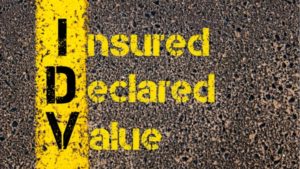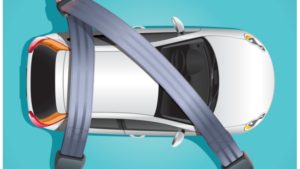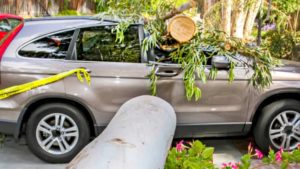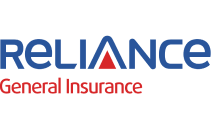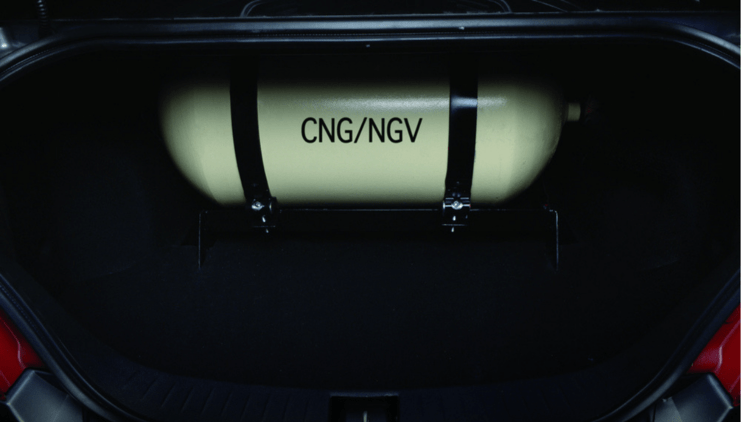
Petrol and diesel prices have skyrocketed in the past few years and it is becoming increasingly unaffordable for many. On the other hand, cars have become a necessity for convening and many of you are buying a car for your travel needs. But how do you afford driving a car with the increasing fuel prices?The answer is simple – by opting for CNG fuel kit and reducing the fuel costs. CNG is quite affordable and that is why many individuals opt for CNG kits for their cars to reduce their fuel costs especially when the car is used quite frequently. While fitting CNG kit is a good option to lower your fuel costs, you should know that CNG fitting affects your car insurance policy and its premium. Do you know how?
CNG fitting is an additional modification to your car. As such, you need to modify the associated car insurance policy too. You can opt for two ways of getting your car a CNG kit –
- You can fit a new kit in your old car
- You can buy a new car with a pre-fitted CNG kit
The way you choose would determine how you should go about making changes in your car insurance policy. Let’s understand –
Way #1 – Fitting a new kit in an old car
If you fit a new kit in an existing car you own, you have to inform the insurance company of the fitting so that the kit gets covered under the policy. Your existing insurance policy would not be valid and you would have to change it to reflect the modification done to your car. After you inform the insurance company, the company would issue a new policy covering the CNG kit and the premium would be increased. You would have to pay the additional premium for insuring the CNG kit so that you can make a claim in case of any damages suffered. Besides informing the insurance company and getting your car insurance policy changed, you should also inform the RTO of the CNG fitting so that the RTO puts a CNG seal on your RC book approving the fitting. This seal would be necessary to authenticate the CNG kit you have fitted in your car. In fact, many insurance companies insist on the RC Book with the RTO’s seal before they change your car insurance policy to cover the CNG kit.
Way #2 – Fitting a new kit in a new car
If, at the time of buying the new car, you want to get a CNG kit fitted, the process is much simpler. The registration of your new vehicle would be done after the CNG kit is fitted into the car. As such, the RC Book would reflect the CNG seal. Thereafter, when you go for a car insurance policy, the company would know of the CNG fitting to your car and would issue you a policy covering the kit and the premium would also be charged accordingly.
Implications of not getting CNG kit covered under the insurance policy
In the first instance where you install a CNG kit in an old cart, many of you choose to avoid upgrading your insurance policy fearing the burden of additional premium. While upgrading your policy is not compulsory, it is important. Here’s why –
- Only if the policy is upgraded do you get coverage for the damages suffered by the CNG kit
- Since CNG cars are more fuel efficient, you might use the car more frequently. This would increase the chances of claim and to get maximum claim settlement, upgrading the cover to include CNG kit is recommended
- If the policy is not upgraded and you make a claim, there is a possibility of claim rejection.
The additional premium payable for upgrading the policy is a fraction of the cost which you would incur if your claim is rejected or if your claim doesn’t cover the damages to your CNG kit. Fitting your car with a CNG kit would reduce your fuel costs. Why don’t you direct a part of your savings to upgrading your insurance policy? The scope of coverage would increase and you can also get your kit covered. It would be a smart move, wouldn’t it?
Read more about how modification will affect your car insurance
Read more about how much car insurance do you really need
Read more about car insurance in detail

